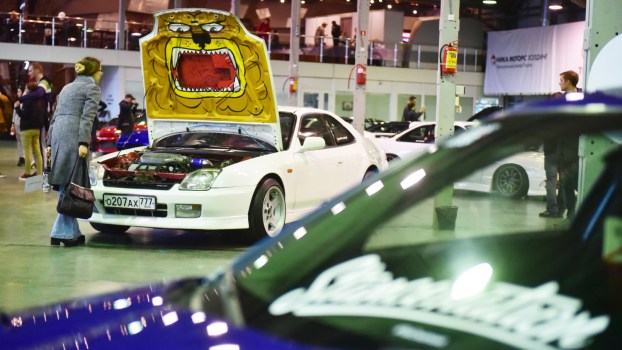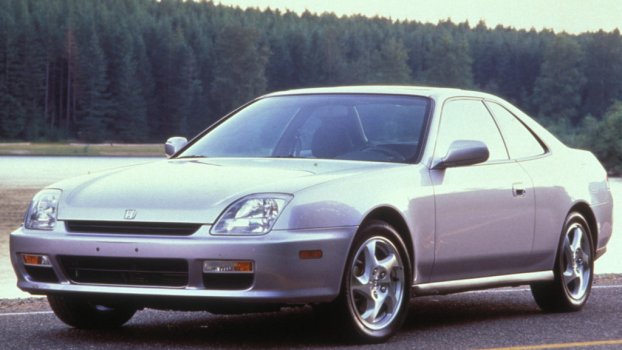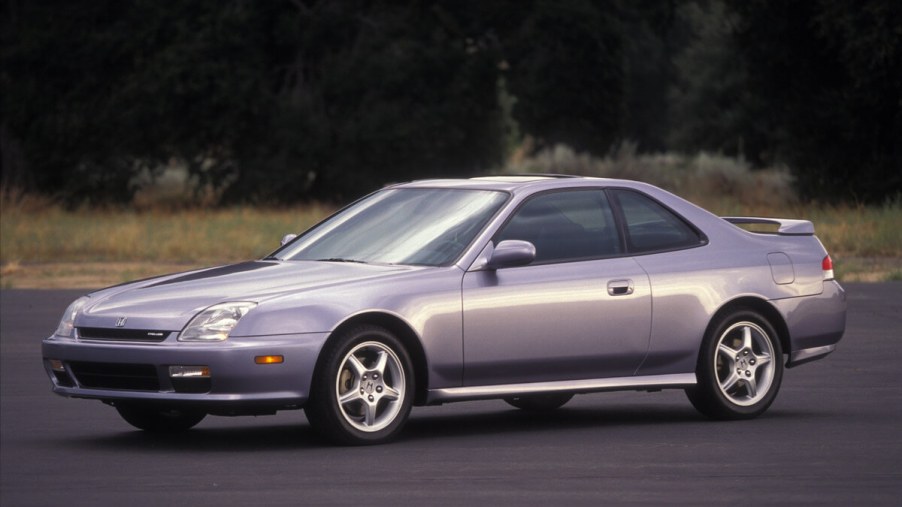
Was the 1997 Honda Prelude Type SH Ahead of Its Time?
Automakers just don’t make cars like they used to. Take a car like the 1997 Honda Prelude. In case you were born after the turn of the century, the Prelude was a two-door coupe with four seats and a high-output VTEC engine. When Honda introduced the Prelude’s fifth generation in 1997, it was available with some interesting handling upgrades in its “Type SH” form. But was it ahead of its time?
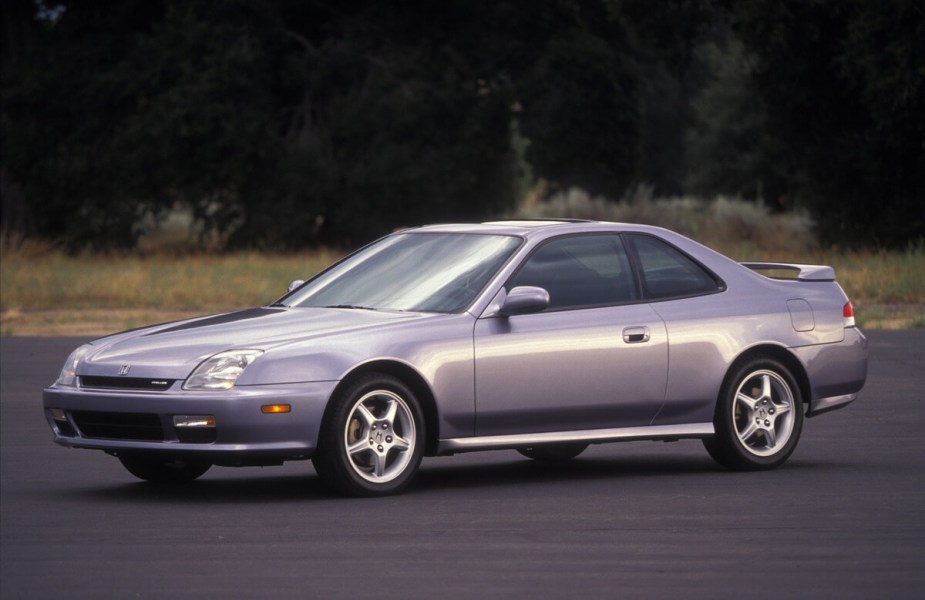
What was the 1997 Honda Prelude Type SH?
The 1997 Honda Prelude Type SH was the upgraded trim level to the base counterpart. It came with the same naturally aspirated 2.2-liter, four-cylinder engine that made 200 hp and 156 lb-ft of torque. It also came solely with a five-speed manual transmission that shifted all of that power to the front wheels.
But what made the Type SH model different than the base one, and many other front-drive coupes at the time, was its Active Torque Transfer System (ATTS). According to Car and Driver, the “ATTS incorporated a hydraulically actuated planetary gearset in its differential and a controller that monitors speed, steering angle, lateral acceleration, and yaw sensors to direct more of the engine’s torque to the car’s outside front tire when cornering.”
That’s a pretty fancy way to give the car a limited-slip differential, essentially. Honda’s goal in incorporating the ATTS in the Prelude Type SH was to make the car feel more neutral and dial out the car’s understeer during heavy cornering. After all, the SH stood for “super handling.”
The Prelude’s ATTS system worked… kind of
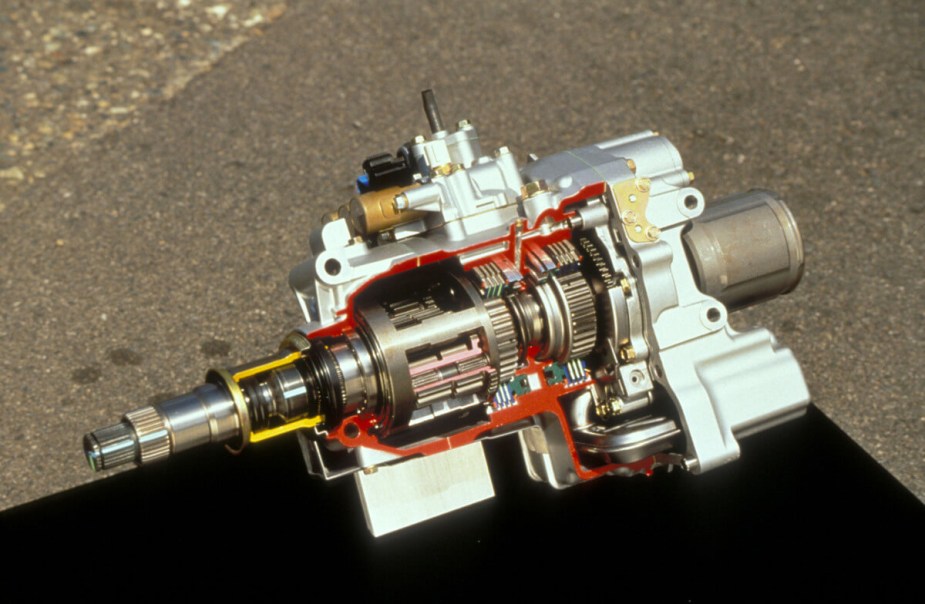
With all that trickery thrown into the car’s differential, you would think that the 1997 Honda Prelude Type SH would be a Porsche killer. It wasn’t. The editors at Car and Driver tested the car when it came out and again in 2019. The more recent review noted that the “Prelude strongly understeers when entering corners, and no amount of trail braking seems to help with rotating its rear end.”
Its weight distribution, which put 63% of the weight up front, didn’t help, nor did its 3,035-pound curb weight. In that case, was the Prelude ahead of its time? Kind of. We still have to give Honda kudos for making such an interesting way to put the power to the ground. But considering it doesn’t sound like it helped much in real-world execution, it’s hard to say that it was a complete success.
The fifth-generation Honda Prelude was made from 1997 to 2001
Obviously, the fifth-generation Honda Prelude Type SH’s crowning jewel was its nifty powertrain. Its engine made nearly 100 hp per liter, and the car handled decently, thanks to the ATTS, stiffer springs, shocks, and anti-roll bars. But the rest of the car had a retro vibe to it.
The Prelude had all of the makings of a proper sports coupe, including a sloping and elongated front end that extended to a taller rear. The whole car was more square than previous generations, and it also had polarizing boxy headlights that look cool now but didn’t sit right with Honda purists at the time.
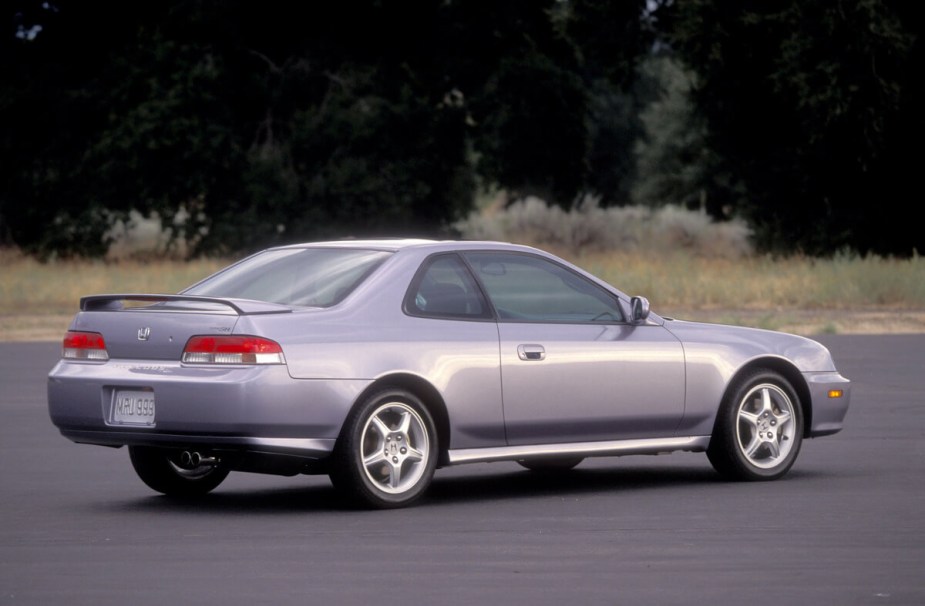
On the inside, the Honda Prelude featured couch-like front seats that were comfortable and cloth-covered. There were also two seats in the rear, but they were better suited for babies than normal-sized adults.
Ultimately, although the fifth generation of the Honda Prelude had a lot of nifty features, it wasn’t cutting-edge enough to win the public over and stick around. Honda ended up discontinuing it in 2001.
Of course, enthusiasts are wondering if the Japanese automaker will ever bring it back. We doubt it — unless anyone wants a front-drive hybrid coupe. In that case, an electrified Prelude might be a little more ahead of its time.
